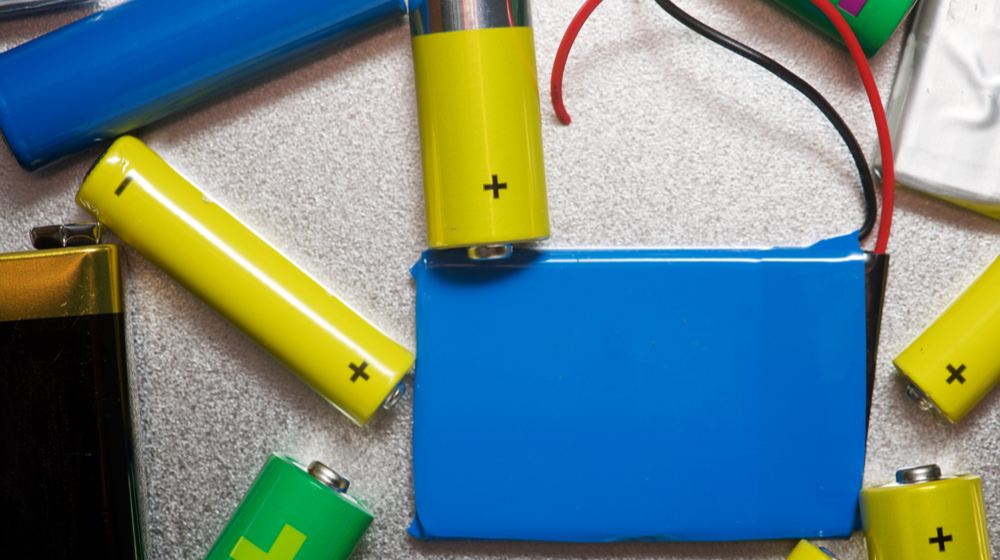On self-discharge of Lithium Battery
2023-04-24
Definition of self-discharge
When the battery is in the open circuit state, the phenomenon that its stored energy is spontaneously consumed is called the battery's self-discharge, also called the battery's charge holding capacity, that is, the battery's stored energy holding capacity under certain environmental conditions.
In theory, under a state of charge, the electrodes of a battery are in a thermodynamic unstable state, and there will be spontaneous physical or chemical reactions inside the battery, leading to the loss of chemical energy in the battery.
Self-discharge is also one of the important parameters to measure the performance of batteries. Different types of batteries have the same self-discharge factor and size. The self-discharge rate of lithium battery is slightly better than that of lead-acid battery, and obviously better than that of nickel hydrogen battery.
Type of self-discharge
According to different reaction types, self-discharge can be divided into physical self-discharge and chemical self-discharge.
In general, the energy loss caused by physical self-discharge is recoverable, while the energy loss caused by chemical self-discharge is basically irreversible.
Factors affecting the self-discharge of lithium battery:
Ambient temperature
The ambient temperature has a great influence on the self-discharge of lithium battery. Research has shown that lithium cobalt oxide (LCO) batteries have faster capacity decay at higher ambient temperatures (as shown in the following figure).
The intensification of battery self-discharge at high temperature can be summarized as the following reasons:
1. The stability of the SEI layer deteriorates and ruptures, resulting in the regeneration of SEI consuming more lithium;
2. High temperature leads to an accelerated dissolution rate of positive electrode metal;
3. Electrons are more active and easily participate in negative electrode/electrolyte side reactions;
4. The activity of the electrolyte is enhanced, and the side reactions between the electrolyte and the electrode are intensified.
Ambient humidity
Some studies have shown that in the environment with high humidity (90% and above relative humidity), the self-discharge loss of batteries without moisture-proof treatment will be more serious than that of batteries with moisture-proof treatment. Researchers speculate that in a humid environment, the polarity of water molecules causes electrons in the negative electrode to move towards the electrode ear. To ensure potential balance, Li+in the negative electrode will simultaneously move towards the negative electrode/electrolyte interface. Therefore, it is easier to form an electron ion electrolyte complex, which accelerates the reversible self-discharge; Or it is easier to form additional SEI layer and cause metal deposition, increasing irreversible self-discharge loss.
Battery State of Charge (SOC)
Research has shown that at the same temperature, batteries under high SOC conditions experience faster capacity decay. This is because under high SOC conditions, the anode is in a lithium rich state, which is more likely to form an electron ion electrolyte complex, thus intensifying the reversible self-discharge of the battery.
Some research tables also found that the capacity decay rate of lithium iron phosphate (LFP) battery at 60 ° C was smaller at 100% SOC than that at 65% SOC. It was speculated that this was because the negative electrode of LFP was in two-phase transition state at about 70% SOC, and the decay laws of high SOC and low SOC parts were inconsistent.
Standing time
Some studies have shown that the self-discharge rate of LFP battery is the largest at the beginning of standing, and then gradually decreases with time, until the battery ages to a certain extent, the self-discharge rate rises again. This is because with the increase of the standing time, the SEI layer at the electrode/electrolyte interface inside the battery gradually thickens, which blocks the transfer of ions and electrons between the electrode and electrolyte, making the self-discharge slow.
Diaphragm thickness
Zhang Wujun mentioned in the article "Influence of diaphragm thickness on battery self-discharge at different temperatures" that the increase of diaphragm thickness can inhibit the battery's physical self-discharge at room temperature. The increase in diaphragm thickness can suppress the increase in pressure drop and internal resistance during battery storage at room temperature, but due to the increase in liquid retention, the increase in internal resistance during high-temperature storage becomes larger.
Measurement method of self-discharge of lithium battery
Capacity test: Before the battery is left unused for a long time, charge and discharge it once, and record the discharge capacity Q0 before it is left unused. After standing, discharge under the same discharge conditions and record the discharge capacity Q after standing. Self-discharge rate is calculated according to (Q0-Q)/Q0 * 100% η。
Open circuit voltage test: the self-discharge of lithium battery is characterized by directly measuring the change of open circuit voltage before and after the battery is left standing.
Current test: charge the lithium-ion battery with a small current to maintain the battery voltage unchanged. The charging current value when it is stable is the self-discharge current.












